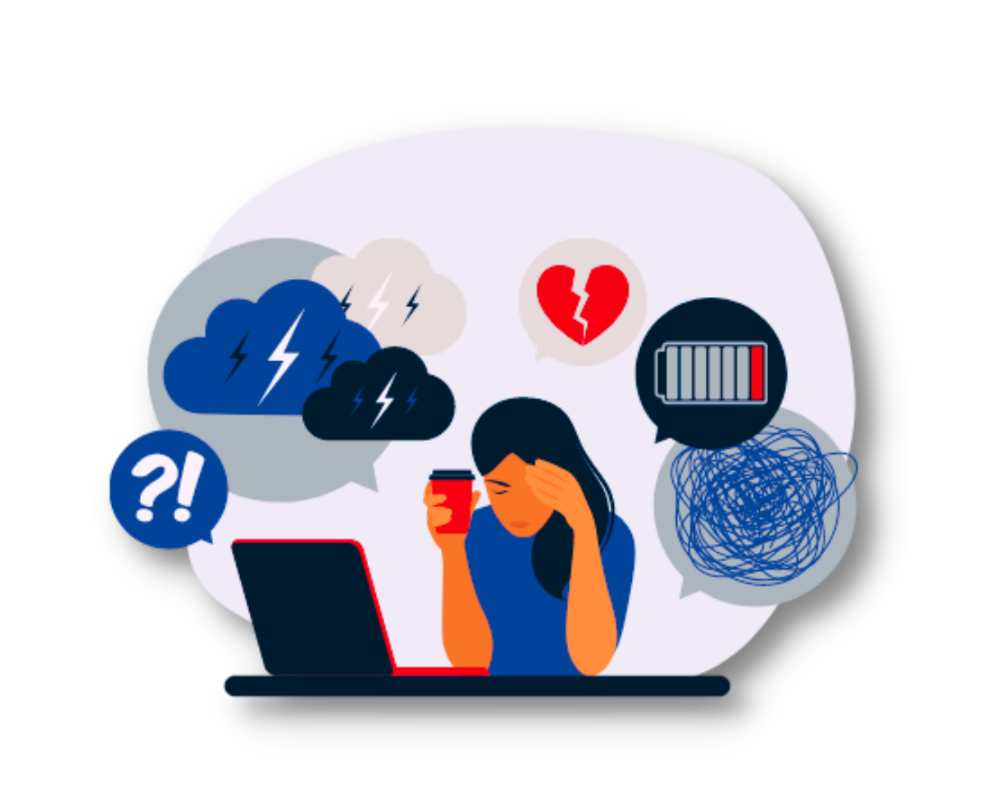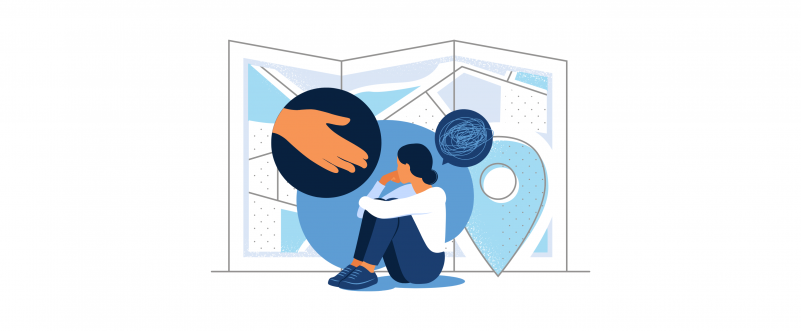As utilities move toward another collections season, the stakes are high to recoup outstanding debt while also optimizing the customer experience. Understanding distinct customer journeys through the collections process via customer intelligence can help utilities accomplish both objectives with one simple solution.
Since the beginning of the pandemic, utility companies have seen unprecedented levels of consumer debt. At the end of 2021, the National Energy Assistance Directors’ Association reported that households owed utilities about $20 billion, up 67% from the average year. This debt represents about 1 out of every 3 residential households falling behind on payments.
From a utility company’s perspective, this situation comprises a revenue crisis that’s unlike anything most companies have seen in at least a generation. The pressure is now on collections and customer experience teams to shrink customer debt while also boosting customer satisfaction.
The catch? Customers who enter the collections process tend to be less satisfied with their utility, placing debt collection and customer experience objectives at cross purposes.
But it doesn’t have to be that way. Taking a deep dive into past collections data, attributing collections behaviors to customer segments, and illuminating missteps in segments’ distinct collections journeys helps utilities to reduce collections events (and costs) and improve customer satisfaction.
Collections data = The most complex customer data
The biggest obstacle to understanding customers’ collections behavior is the complexity of the data itself. Collections processes have multiple steps, with several possible actions customers can take at each step. Furthermore, the process can differ per customer based on how they engage with their utility and who they engage with. The most proactive customers will get in touch with their utility if they can’t pay their outstanding balance in full. Who those customers talk to when they contact customer service may determine what happens next. Based on BlastPoint’s experience with collections data, the next steps can differ wildly.

And that’s just the tip of the iceberg when it comes to collections data complexity. Because of this, many companies avoid analyzing collections data, as most don’t have the sophisticated tools necessary for this major undertaking. However, when collections data becomes an impermeable black box, it is very difficult to improve outcomes and meet objectives.
BlastPoint has worked with our utility partners to pry open that black box. We look inside so utility teams don’t have to, utilizing AI and machine learning to understand patterns in customer collections behavior. By attributing collections events to specific payment behaviors and program enrollment, customer intelligence makes it possible to map the collections journey for a company’s entire collections database, as well as for distinct customer segments. BlastPoint then makes these insights accessible to non-technical users through our platform, allowing users to easily operationalize insights.
AI-powered collections journeys
Which specific collections actions aren’t leading to the desired outcomes across the entire population? Where do specific customers’ behaviors differ from the norm, and how can utilities get them on track? Comparing distinct segments’ collections journeys to overall averages highlights where intervention is needed most.
Adaptive customer segments: Understand your actual customers
Understanding a company’s distinct collections behaviors begins with AI-powered, objective-driven segmentation. Customer segmentation has become a common concept – so common that many people don’t know the difference between universal segments and objective-driven segments. Universal customer segments are pre-built to describe large groups within a broad population. Those segments are then sold as-is to companies who want to understand their customers better. The problem is that one company’s population is not like another’s, just as one company’s goals are not like another’s. These differences reduce the effectiveness of universal segments.
BlastPoint’s approach is different. We build AI-powered segments that adapt to specific customer populations and company objectives, which increases their effectiveness. AI-powered segments are an essential tool for understanding distinct collections journeys.
Collections journey mapping: Find your go-to customer segment
Attributing collections events to specific customer segments and visualizing each segment’s distinct behavior within the collections process illuminates when and how CX teams can intervene to have the most impact on outcomes.

For one of BlastPoint’s partners, a single customer segment accounted for nearly half of all collections activity in 2021. By mapping that segment’s journey through each collections step, we found that this segment was least likely to pay in full (the desired outcome) at every step of the process. Additionally, fewer customers in this segment reached out to our partner for help, resulting in a higher percentage of unpaid balances even after shut off. A significant percentage of 2021 write-offs were attributed to this one segment.
Through BlastPoint’s customer intelligence platform, our partner was able to explore further and found that this segment also has the lowest income, are most likely to be single, and also includes a higher percentage of customers under 30. In terms of channels for engagement, they have high scores for cellphone and social media activity.
By understanding how that segment diverged from collections norms, as well as identifying preferred channels and effective messaging opportunities, our partner is now able to:
- Conduct proactive outreach to this segment prior to collections season to raise awareness of assistance programs
- Provide new channels and opportunities for engaging with this specific demographic, and
- Take personalized action at specific steps in the collections process
Learn how BlastPoint helped Duquesne Light Company increase engagement with lower-income customers up to 670% above benchmarks and raise awareness about assistance programs. Download the case study.
Minimize CSAT Risk, Reduce Debt
Collections activity is one of a few key warning signs for low customer satisfaction risk. Falling behind on bills, being unable to pay in full after receipt of a shut-off notice, the need for potentially awkward conversations with a customer service rep…Most customers consider these touchpoints to be inherently negative, and their satisfaction decreases as a result.
With customer intelligence, utilities can mitigate this situation by showing up for customers with just the right information, right when they need it by:
- Making it easier for customers to get automated assistance and never having to talk to anyone about their debt
- Placing the options they need at their fingertips, whether that’s on a phone, computer, piece of paper, TV, or other channel
- Offering additional relevant programs and services that can reduce energy usage and make bill payment easier
Ultimately, using customer intelligence to map collections journeys gives utilities unprecedented influence on collections outcomes. That kind of influence is more important now than ever, as customer debt remains very high, while CSAT scores have dipped or remained stagnant. Taking control of collections data is the first step toward reversing these trends in 2022. Visit our Billing & Collections Optimization page and drop us a line if you’d like to learn more.

